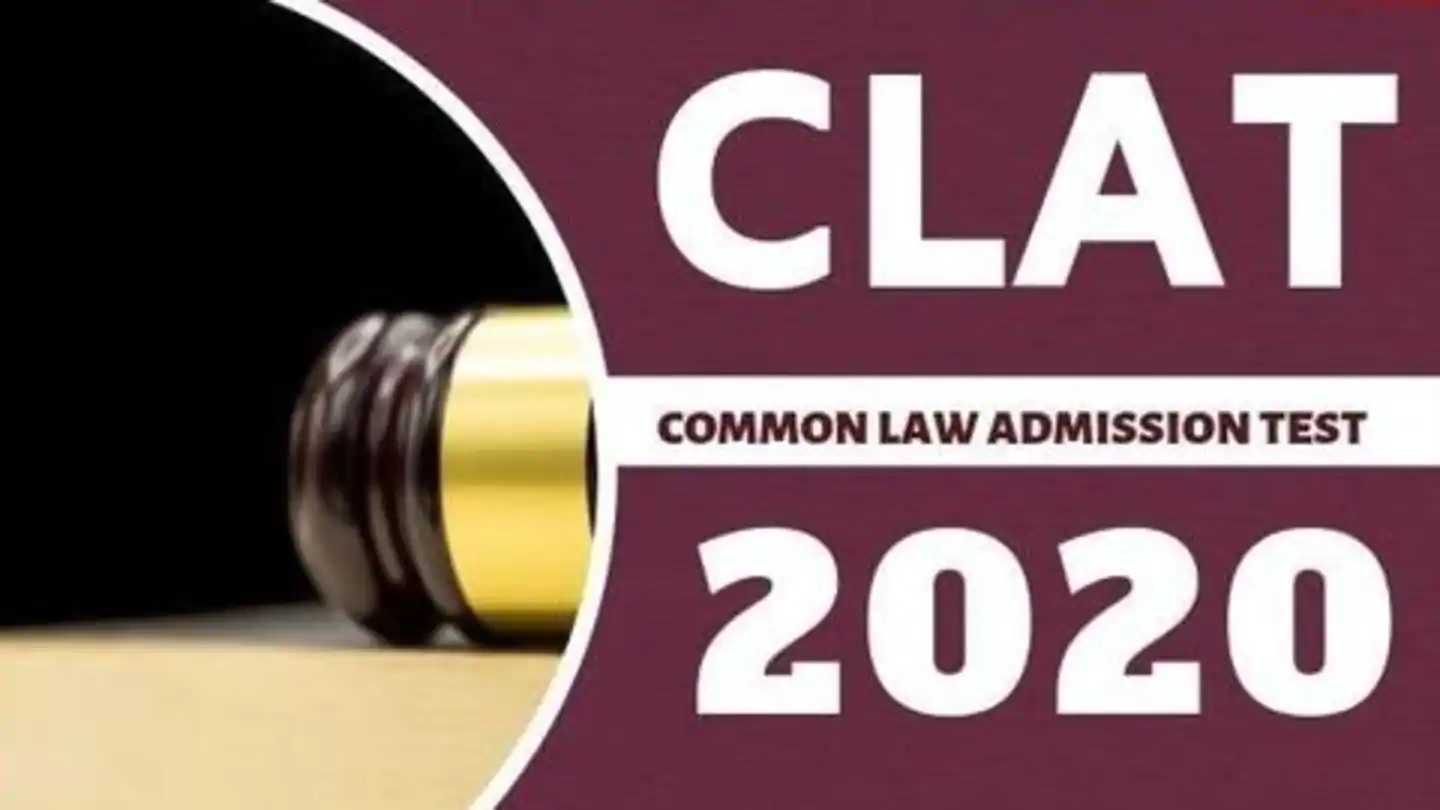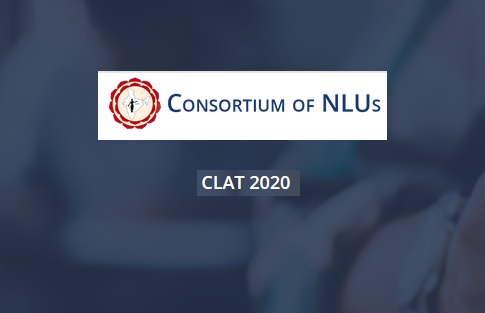NLUS CLAT 2020 UG Syllabus Common Law Admission Test : consortiumofnlus.ac.in
Organisation : Consortium of National Law Universities
Exam Name : CLAT Common Law Admission Test
Service Name : CLAT 2020 UG Syllabus
Website : https://consortiumofnlus.ac.in/
NLUS CLAT Exam
The Consortium of National Law Universities (the “Consortium”) announced certain modifications in the pattern of the Common Law Admission Test (the “CLAT”), 2020 in its Press Release of November 21, 2019.
Related / Similar Syllabus : CLAT 2020 PG Syllabus

This note describes the proposed pattern of questions for each of the five specified areas that the Undergraduate-CLAT 2020 (the “UG-CLAT 2020”) would comprise.
Introduction & Overview:
The UG-CLAT 2020 would focus on evaluating the comprehension and reasoning skills and abilities of candidates. Overall, it is designed to be a test of aptitude and skills that are necessary for a legal education rather than prior knowledge, though prior knowledge occasionally may be useful to respond to questions in the Current Affairs section.
The UG-CLAT 2020 hall be a 2-hour test, with 150 multiple-choice questions carrying 1 mark each. There shall be negative marking of 0.25 marks for every wrong answer.
CLAT UG Syllabus
These questions would be divided across the following 5 subjects:
** English Language
** Current Affairs, including General Knowledge
** Legal Reasoning
** Logical Reasoning
** Quantitative Techniques
English Language
In this section of the UG-CLAT 2020, you will be provided passages of about 450 words each. These passages will be derived from contemporary or historically significant fiction and non-fiction writing, and would be of a standard that a 12th standard student may be able to read in about 5-7 minutes.
Each passage will be followed by a series of questions that will require you to demonstrate your comprehension and language skills, including your abilities to:
** Read and comprehend the main point discussed in the passage, as well as any arguments and viewpoints discussed or set out in the passage;
** Draw inferences and conclusions based on the passage;
** Summarise the passage;
** Compare and contrast the different arguments or viewpoints set out in the passage; and
** Understand the meaning of various words and phrases used in the passage.
Current Affairs Including General Knowledge
In this section, you will be provided passages of up to 450 words each. The passages will be derived from news, journalistic sources and other non-fiction writing. The questions may include an examination of legal information or knowledge discussed in or related to the passage, but would not require any additional knowledge of the law beyond the passage.
Each passage will be followed by a series of questions that will require you to demonstrate your awareness of various aspects of current affairs and general knowledge, including:
** Contemporary events of significance from India and the world;
** Arts and culture;
** International affairs; and
** Historical events of continuing significance.
Legal Reasoning
In this section, you will be expected to read passages of around 450 words each. The passages may relate to fact situations or scenarios involving legal matters, public policy questions or moral philosophical enquiries.
You will not require any prior knowledge of law. You will benefit from a general awareness of contemporary legal and moral issues to better apply general principles or propositions to the given fact scenarios.
Each passage would be followed by a series of questions that will require you to:
** Identify and infer the rules and principles set out in the passage;
** Apply such rules and principles to various fact situations; and
** Understand how changes to the rules or principles may alter their application to various fact situations.
Logical Reasoning
The Logical Reasoning section of the UG-CLAT 2020 will include a series of short passages of about 300 words each.
Each passage will be followed by one or more questions that will require you to:
** Recognize an argument, its premises and conclusions;
** Read and identify the arguments set out in the passage;
** Critically analyse patterns of reasoning, and assess how conclusions may depend on particular premises or evidence;
** Infer what follows from the passage and apply these inferences to new situations;
** Draw relationships and analogies, identify contradictions and equivalence, and assess the effectiveness of arguments.
Quantitative Techniques
The Quantitative Techniques section of the UG-CLAT 2020 will include short sets of facts or propositions, graphs, or other textual, pictorial or diagrammatic representations of numerical information, followed by a series of questions. You will be required to derive information from such passages, graphs, or other representations, and apply mathematical operations on such information.
The questions will require you to:
** Derive, infer, and manipulate numerical information set out in such passages, graphs, or other representations; and
** Apply various 10th standard mathematical operations on such information, including from areas such as ratios and proportions, basic algebra, mensuration and statistical estimation.

Preparing For UG CLAT
The Consortium plans to publish various preparatory materials for the UG-CLAT 2020, including:
** Guides to the question paper and sample questions;
** Model question papers; and
** Instructional materials and exercises for each of the subjects that the UG-CLAT 2020 comprises.
The Consortium will also provide candidates who have successfully completed their application to the UG-CLAT 2020 access to a learning platform where you may access the preparatory materials described above, as well as your scores on various exercises and model question papers.
In addition, you should develop your capacity to read and understand bodies of text, ensure you stay abreast of news and current affairs by regularly reading quality newspapers and periodicals, and improve your speed of answering questions on quantitative techniques by practising with materials such as 10th standard mathematics textbooks.